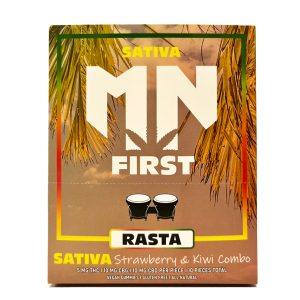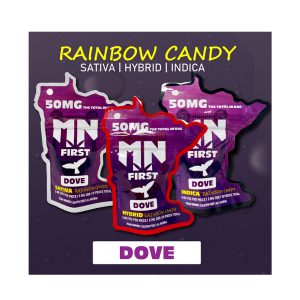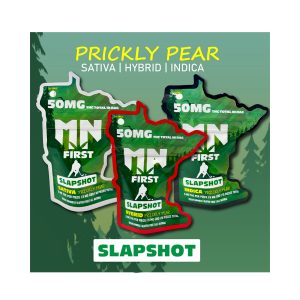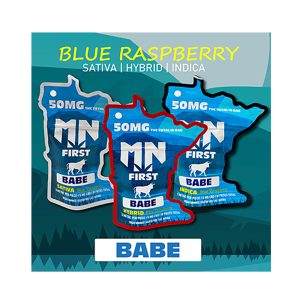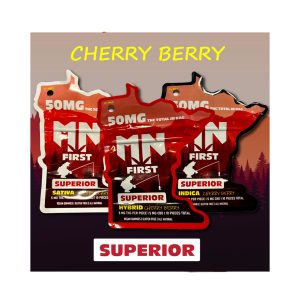– Uses:
– Medical uses include treatment of nausea due to chemotherapy, spasticity, and possibly neuropathic pain.
– Common side effects include dizziness, sedation, confusion, dissociation, and feeling high.
– Cannabinoid receptors:
– Before the 1980s, cannabinoids were speculated to produce their effects via nonspecific interaction with cell membranes.
– Discovery of the first cannabinoid receptors in the 1980s helped resolve this debate.
– Two known cannabinoid receptors are termed CB and CB, with mounting evidence of more.
– Human brain has more cannabinoid receptors than any other G protein-coupled receptor (GPCR) type.
– The Endocannabinoid System (ECS) regulates many functions of the human body.
– Cannabinoid receptor type 1:
– CB receptors are found primarily in the brain, including the basal ganglia and limbic system.
– Also found in the cerebellum and male/female reproductive systems.
– Absent in the medulla oblongata responsible for respiratory and cardiovascular functions.
– CB1 receptors are found in the human anterior eye and retina.
– Cannabinoid receptor type 2:
– CB receptors are predominantly found in the immune system.
– Varying expression patterns in immune-derived cells.
– Responsible for immunomodulatory and therapeutic effects of cannabinoids.
– Report indicates CB is expressed by a subpopulation of microglia in the human cerebellum.
– Phytocannabinoids:
– Classical cannabinoids are concentrated in a resin produced in glandular trichomes.
– At least 113 different cannabinoids have been isolated from the Cannabis plant.
– Derived from cannabigerol-type (CBG) compounds.
– Different cannabinoids are derived from 2-carboxylic acids by decarboxylation.
– Well-known cannabinoids include tetrahydrocannabinol (THC), cannabidiol (CBD), and cannabinol (CBN).
Cannabinoids (/kəˈnæbənɔɪdzˌ ˈkænəbənɔɪdz/) are several structural classes of compounds found in the cannabis plant primarily and most animal organisms (although insects lack such receptors) or as synthetic compounds. The most notable cannabinoid is the phytocannabinoid tetrahydrocannabinol (THC) (delta-9-THC), the primary psychoactive compound in cannabis. Cannabidiol (CBD) is also a major constituent of temperate cannabis plants and a minor constituent in tropical varieties. At least 113 distinct phytocannabinoids have been isolated from cannabis, although only four (i.e., THCA, CBDA, CBCA and their common precursor CBGA) have been demonstrated to have a biogenetic origin. It was reported in 2020 that phytocannabinoids can be found in other plants such as rhododendron, licorice and liverwort, and earlier in Echinacea.
Phytocannabinoids are multi-ring phenolic compounds structurally related to THC, but endocannabinoids are fatty acid derivatives. Nonclassical synthetic cannabinoids (cannabimimetics) include aminoalkylindoles, 1,5-diarylpyrazoles, quinolines, and arylsulfonamides as well as eicosanoids related to endocannabinoids.
English
Etymology
cannabis + -oid
Pronunciation
- IPA(key): /ˈkænəbəˌnɔɪd/
Noun
cannabinoid (plural cannabinoids)
- (organic chemistry) Substance that is structurally related to tetrahydrocannabinol (THC), a psychoactive compound present in cannabis, or that bind to cannabinoid receptors.

